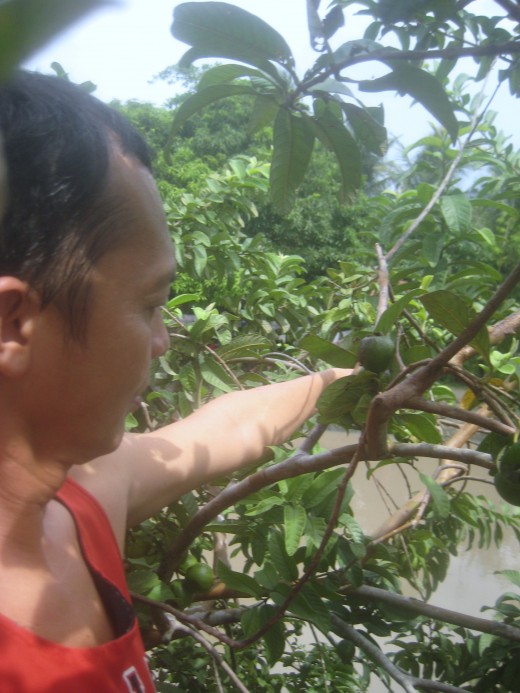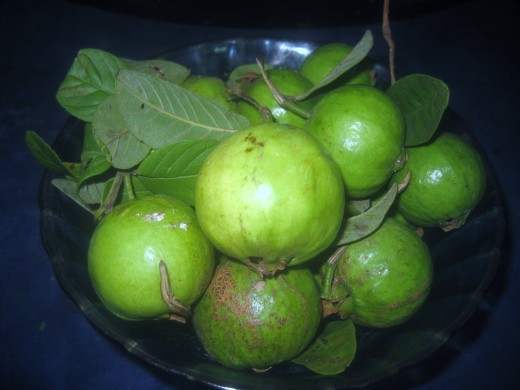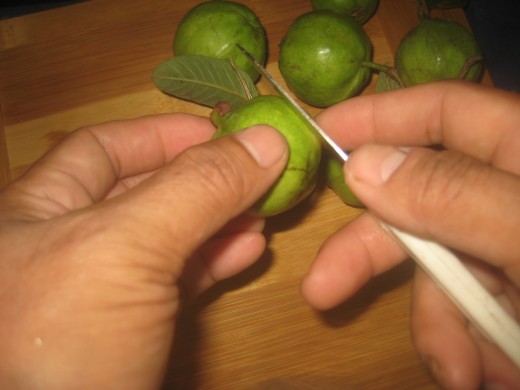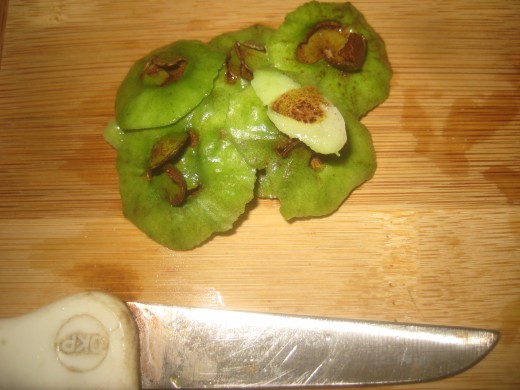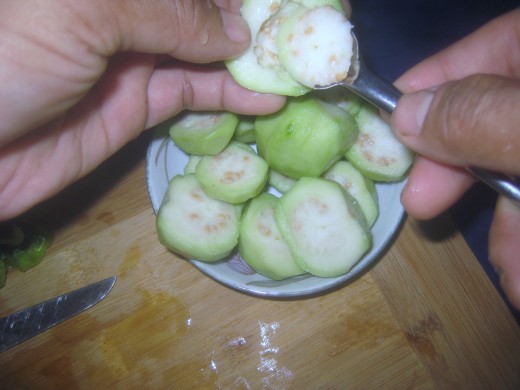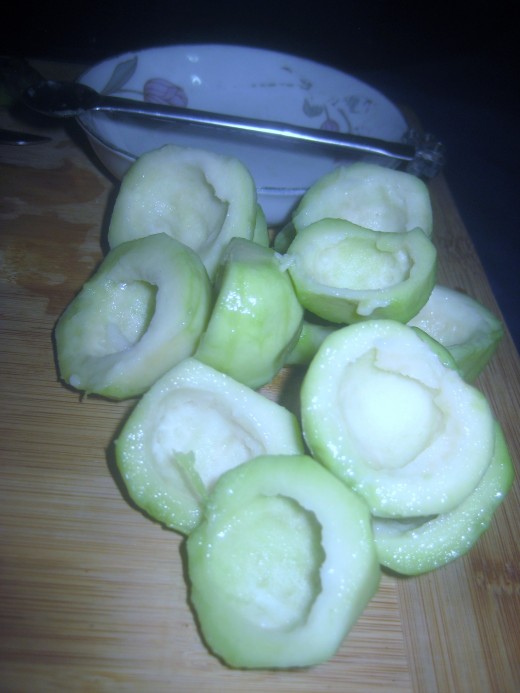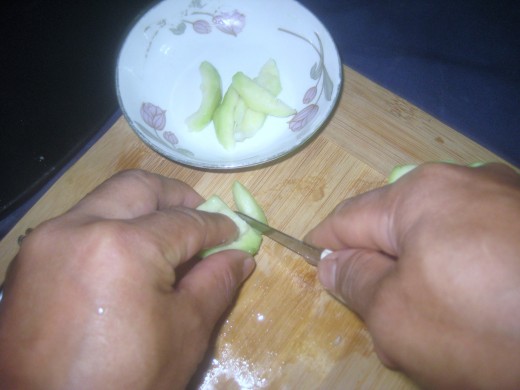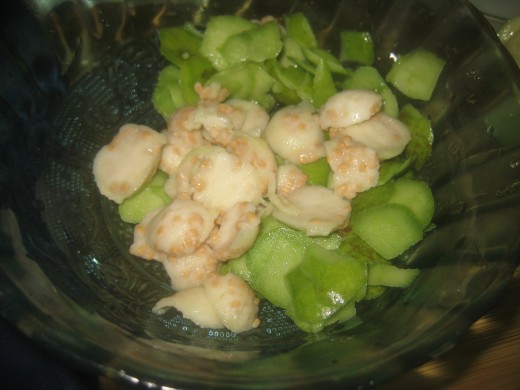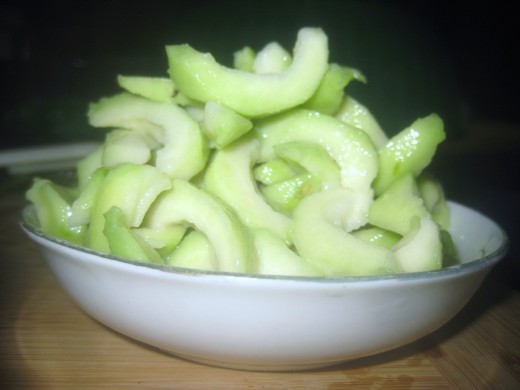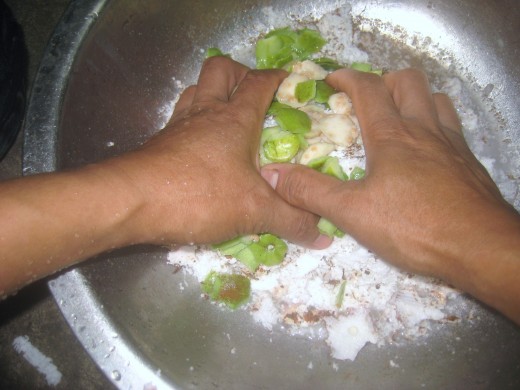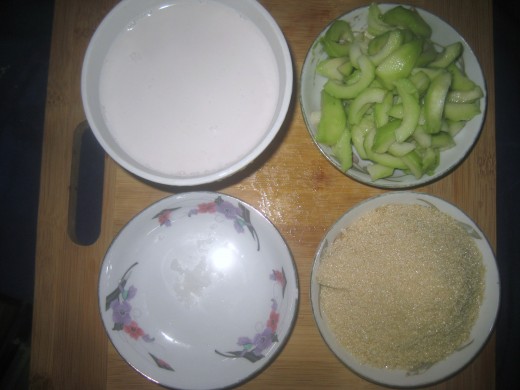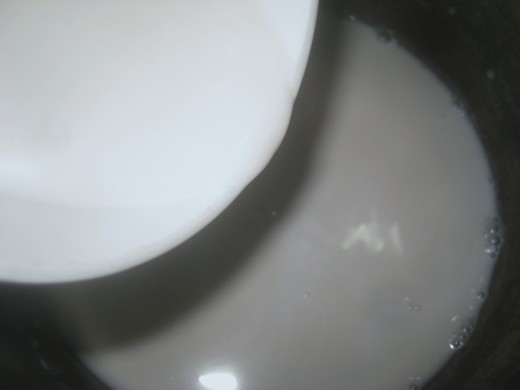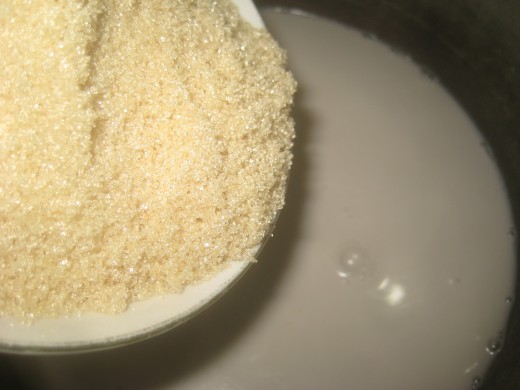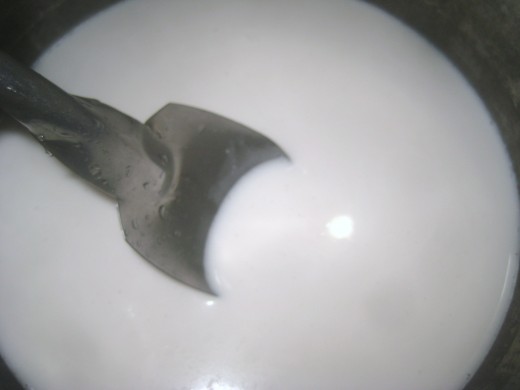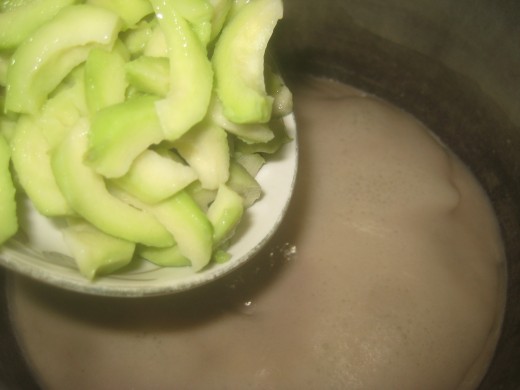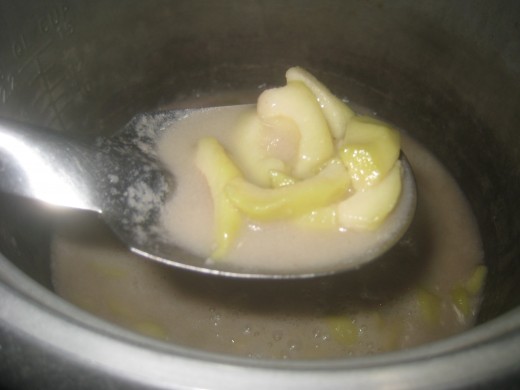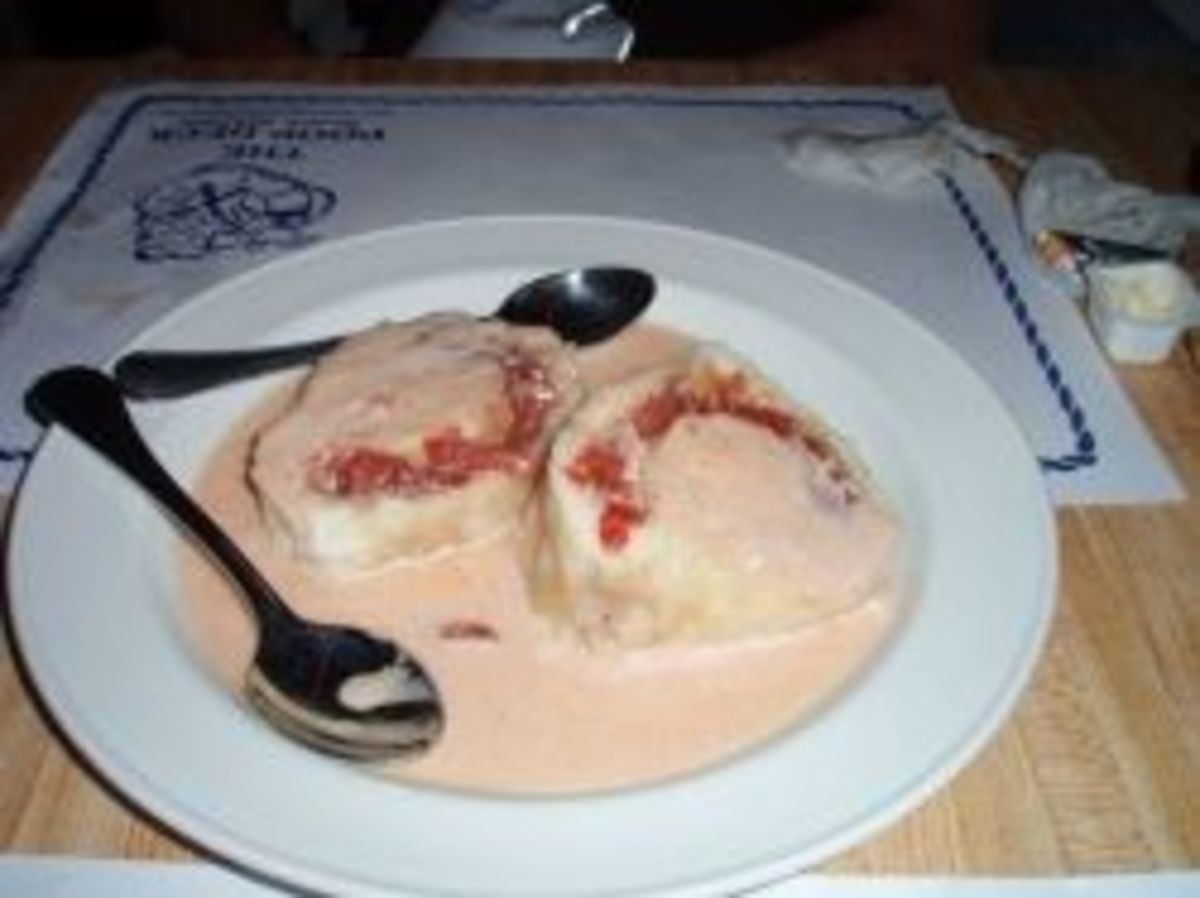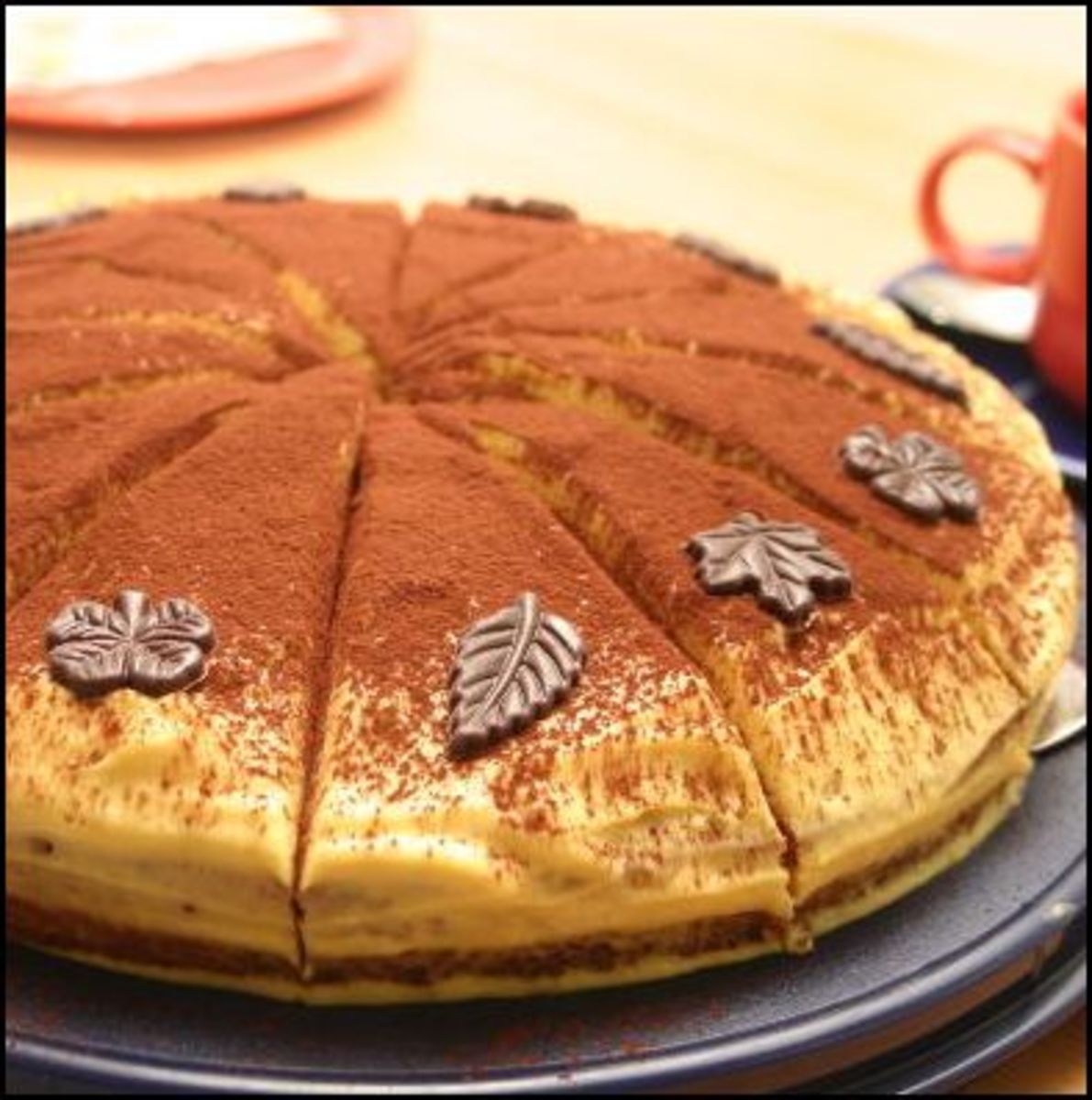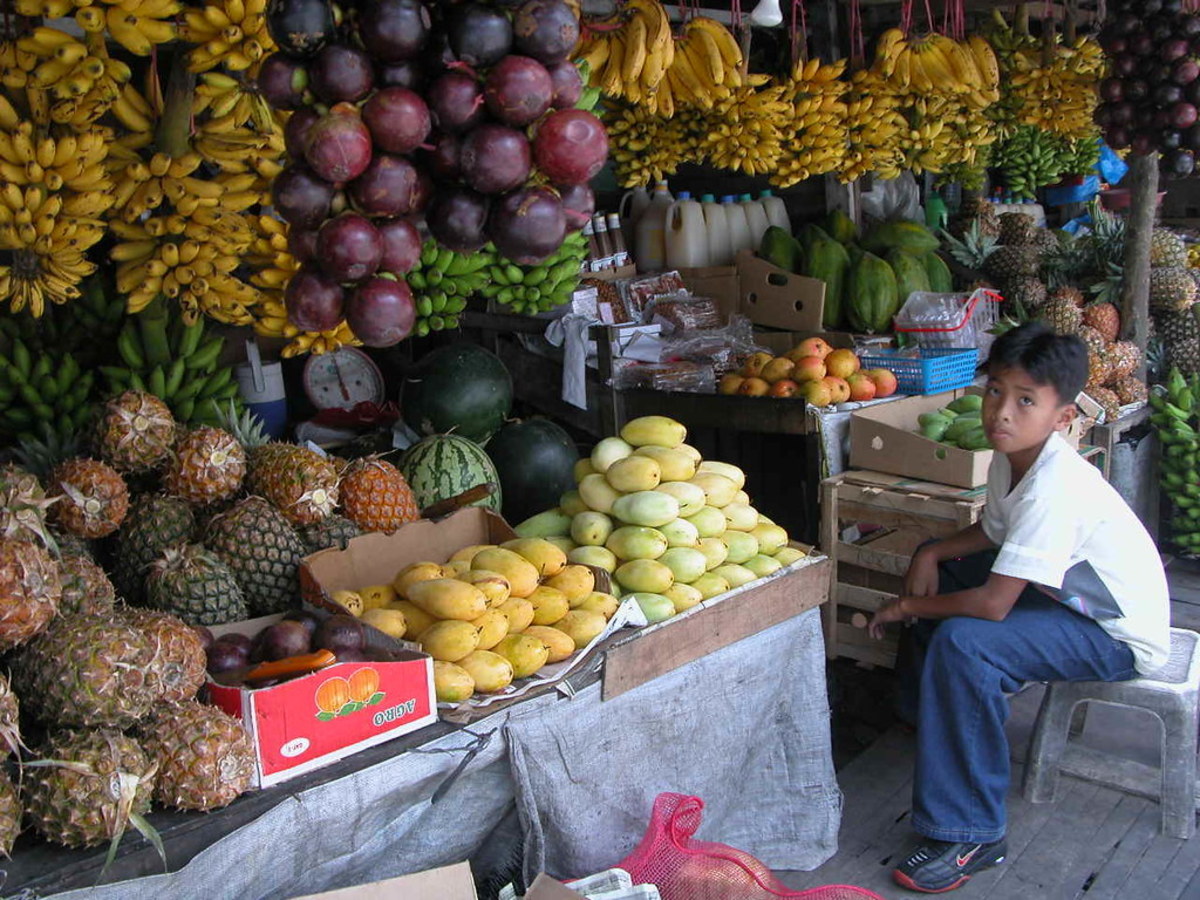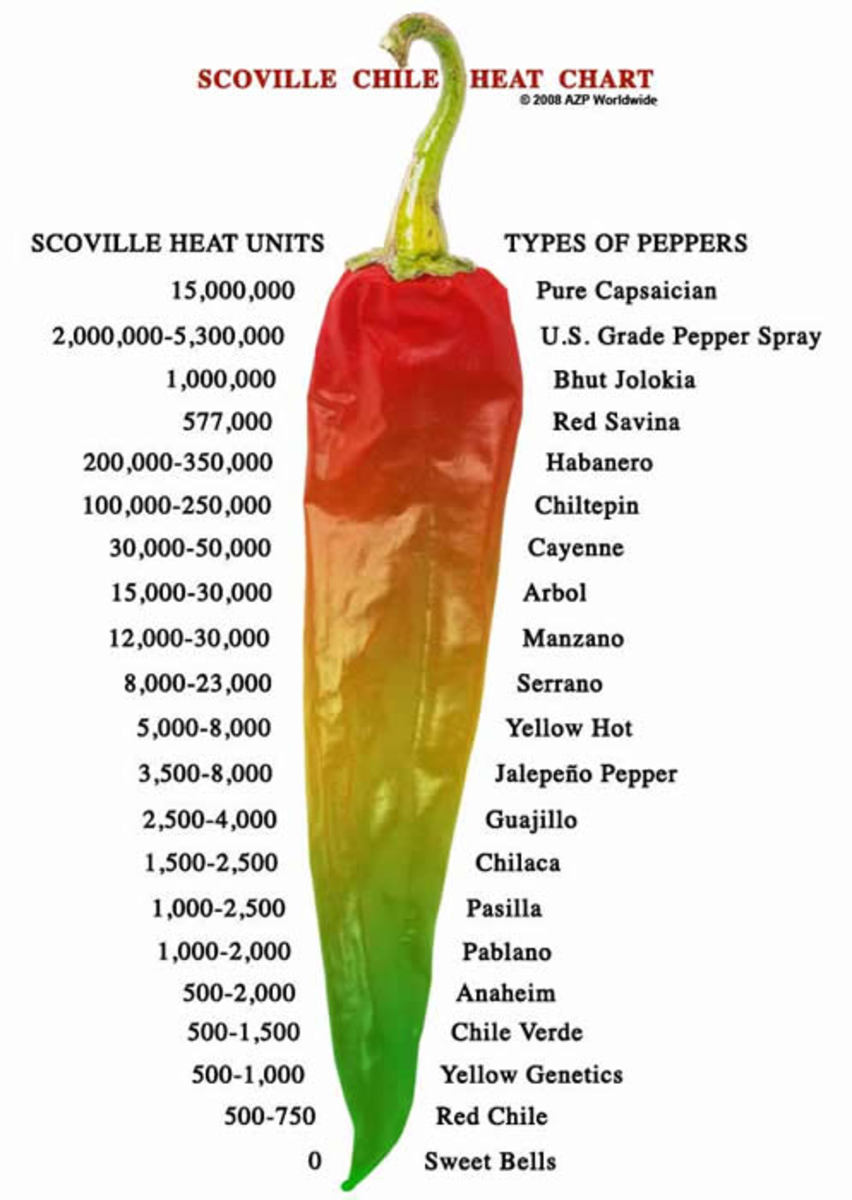- HubPages»
- Food and Cooking»
- Cooking Ingredients»
- Fruit Ingredients
Tropical Cooking with Travel Man: Dessert - Sweet Guava Pulp
Please rate my hub!
Introduction
Guavas abound everywhere, here in the Philippines. It is usually being spread by birds that are eating its ripe fruits, aside from the locals, including I, who frequent guava trees in our backyard.
The most common is the green variety (turned yellow when already ripened) or the apple guava.
The fragrance of its ripeness stirred my youthful vigor and relive adventures of climbing guava trees, risking my skin with the worm pest, we call it lipay (the moth called Ello Sphinx, common on its trunk with its camouflage skin coloring.
This October 2013, most fruits of guava trees are starting to ripen and I took the opportunity to make a version of the sweet preserve that my parents usually cook when I was still a child.
Guavas (Psidium Guyava) have many varieties in almost all parts of the world, especially in tropical or sub-tropical countries.
It can be grown through its seeds or from its branches by way of marcotting.
Sweet Guava Pulp
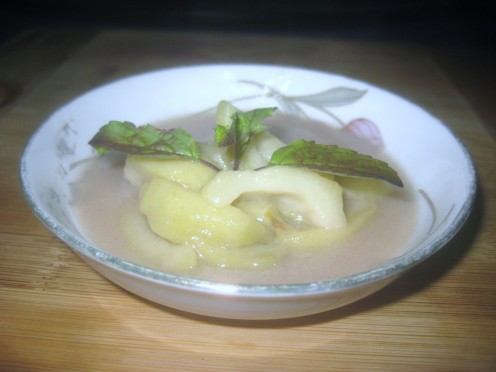
Cook Time
Ingredients
- 250 grams guava, ripe, peeled, cored, sliced into strips
- 250 grams brown sugar
- 2 cups coconut milk
- 1 pinch salt
How to Cook the Sweet Guava Pulp
- Wash and peel the guavas.
- Cut in halves and core, removing all seeds.
- Cut into strips.
- Heat the coconut milk in a pan.
- Add the brown sugar, stirring slowly until it bubbles.
- Add the guava strips and let it boil until done.
Nutritional Contents of Sweet Guava Pulp
| Nutrition Facts | |
|---|---|
| Serving size: 100 grams | |
| % Daily Value * | |
| Fat 1 g | 2% |
| Carbohydrates 14 g | 5% |
| Sugar 9 g | |
| Fiber 5 g | 20% |
| Protein 3 g | 6% |
| Sodium 2 mg | |
| * The Percent Daily Values are based on a 2,000 calorie diet, so your values may change depending on your calorie needs. The values here may not be 100% accurate because the recipes have not been professionally evaluated nor have they been evaluated by the U.S. FDA. | |
How I prepared for this special 'sweet' task
Click thumbnail to view full-size










The Way I Cook the Sweet Guava Pulp
Click thumbnail to view full-size




Encounters with guava and its sweet allure
When I was in elementary grades, I always save my money because I already have ripe guavas for snacks.
My frequent problem was the difficulty in bowel movement. I also drank lots of water to ease such discomfort.
I don't know, but the allure of guava's ripe fragrance is one of tropical cravings.
I usually eat raw guavas, but its abundance and cheap price in the market made me think ways to prolong its presence in the kitchen.
My elder sister used to make guava jellies. The other one, used to dilute its sappy ripe pulp with water and make a tropical refreshing drink from it.
Well, my father (when he was still living), used to add it's pulp to boiled fish in order to make a version of Sinigang na Isda sa Bayabas (Stewed Fish in Guava) instead of adding vinegar as the sour ingredient.
Indeed, its culinary uses are now recognized in many countries around the world, especially in Brazil, Mexico, Taiwan and Pakistan (its winter national fruit).
Mind you, we used to make those guava twigs as toothbrush substitute. Really! When we pounded the main end of the twig and added it with salt, it whitened our teeth, even without the use of the commercial toothpaste.
Nowadays, I used to chew guava young leaves for fresh breath and for lowering blood pressure.
Guava leaves can also be boiled and serves as tea that benefits blood circulation.
Herbalists used to use its leaves and bark for treating bacterial infection, cleansing wounds and easing pain for newly circumcised teenagers when cleaning wounds.
Guava has an anti-cancer properties which is still being studied by medical researchers.
Guava Nectar
More on Tropical Fruits, such as Guava
- Guava Pineapple Smoothie
Guava Pineapple Smoothie is one of the easiest and healthiest drink I have made for myself and my family. It is very refreshing specially on a hot and sunny day in summer. - 10 Exotic Bahamian Fruits for Better Health
Growing up in the Bahamas really was an awesome experience looking back as an adult. Through local fare we experienced the best that the world has to offer in exotic fruits although it was not exotic to the child that could feast on it every season.. - Tropical Fruit Varieties
Information on tropical fruits that is essential to your health, beauty, and home use. Learn the difference between tropical, exotic, accessory, and hybrid fruits. - fruits for everyday life
Everyone wants to be fit and fine, want to have all the vitamins, protein and carbohydrate in our everyday lives. But most of us forget to mention when we eat, actually we don’t understand what we should take in our lunch and dinner time. We...

